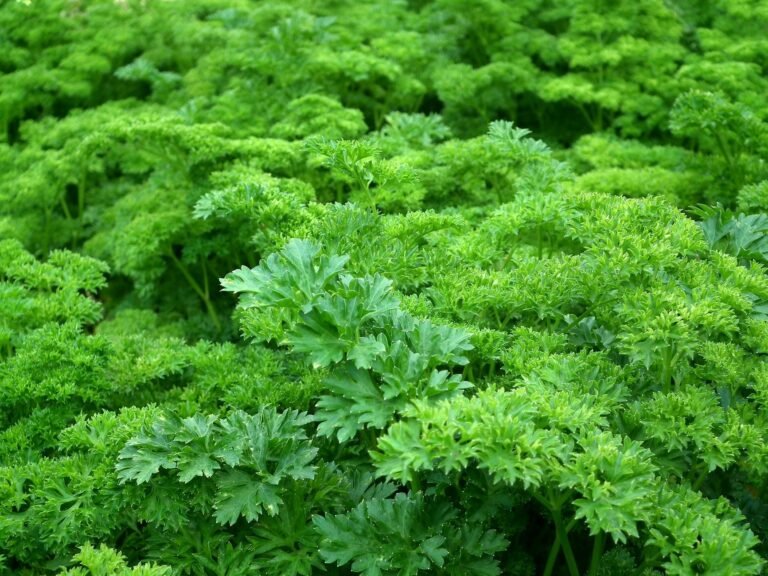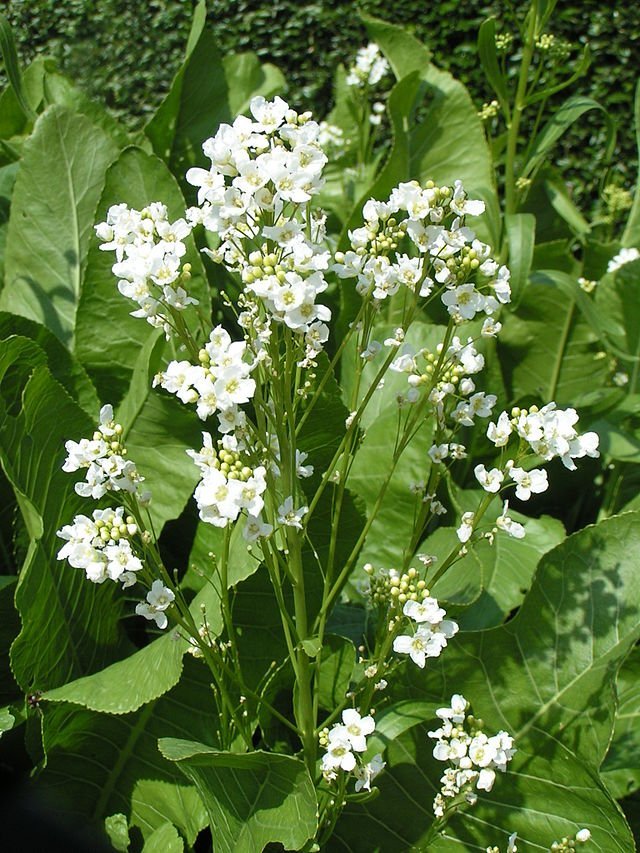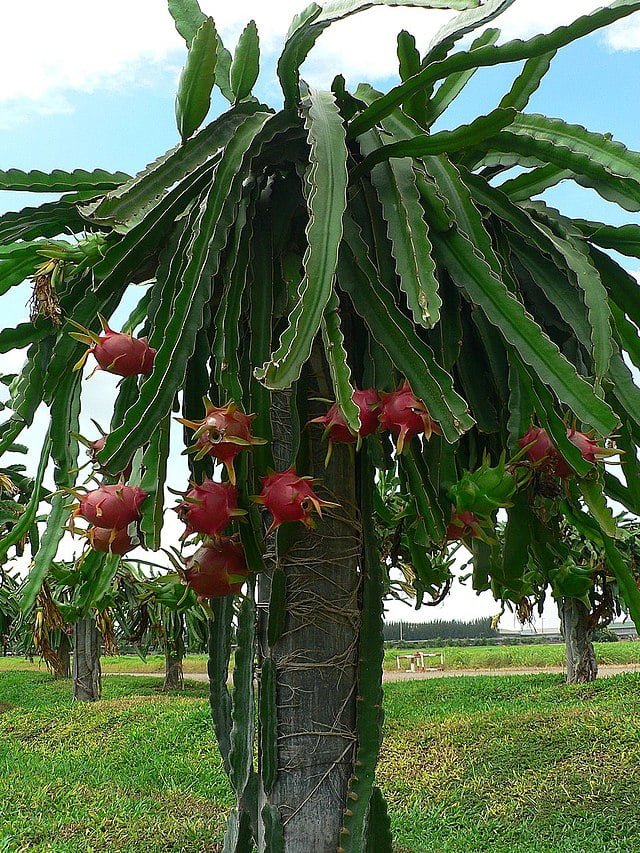Slugs: Navigating the Slimy Trails
Slugs are one of the most persistent pests faced by gardeners, known for their voracious appetite for leaves, flowers, and even fruits. These nocturnal creatures can wreak havoc on a garden, leaving a trail of destruction in their wake. Understanding how to effectively manage slugs is key to keeping your plants healthy and thriving. This guide will take you through identifying slugs, preventing infestations, and employing effective control measures.
Identifying Slugs
Slugs are soft-bodied mollusks without shells, varying in colour from grey, yellow, red, or even black, and can be up to 4 inches long. They are most active at night or during rainy, overcast days. Telltale signs of slug activity include irregular holes in plant leaves, silvery slime trails on foliage or the ground, and missing seedlings.
The Life Cycle of Slugs
Understanding the life cycle of slugs can aid in effective control. Slugs lay eggs in moist soil or under debris. These eggs hatch into tiny slugs that start feeding immediately, growing into the adult slugs that gardeners are more familiar with. This cycle allows for multiple generations in a single season, emphasizing the need for vigilant control measures.
Preventative Measures
Prevention is the first line of defense against slugs. Here are some strategies to reduce slug populations in your garden:
- Garden Cleanliness: Remove leaf litter, weeds, and debris where slugs can hide and lay eggs.
- Watering Schedule: Water your plants in the morning so the soil surface can dry by evening, making it less inviting to slugs.
- Barriers: Create physical barriers around susceptible plants. Copper tape, sharp gravel, or diatomaceous earth can deter slugs.
- Encourage Predators: Birds, frogs, toads, and some insects are natural predators of slugs. Encourage these beneficial animals by creating a wildlife-friendly garden.
Control Methods
When preventative measures are not enough, here are some effective ways to control slugs:
- Hand Picking: Wearing gloves, handpick slugs off plants or the soil in the evening or early morning. Dispose of them by placing in a solution of soapy water.
- Slug Traps: Bury shallow dishes filled with beer or a yeast-water mixture at ground level to attract and drown slugs.
- Organic Pellets: Iron phosphate slug pellets are a safer option around pets and wildlife. Scatter pellets around plants according to label instructions.
- Natural Repellents: Coffee grounds or crushed eggshells spread around plants can deter slugs due to their abrasive texture.
Integrating Control Methods
A combination of methods is often the most effective approach to managing slugs. Regular monitoring and early intervention can prevent small problems from becoming large infestations.
Final Thoughts
Slugs are a challenge, but with the right knowledge and strategies, gardeners can protect their plants from these pests. By employing preventative measures, encouraging natural predators, and using targeted control methods, you can maintain a healthy, vibrant garden free of slug damage.






